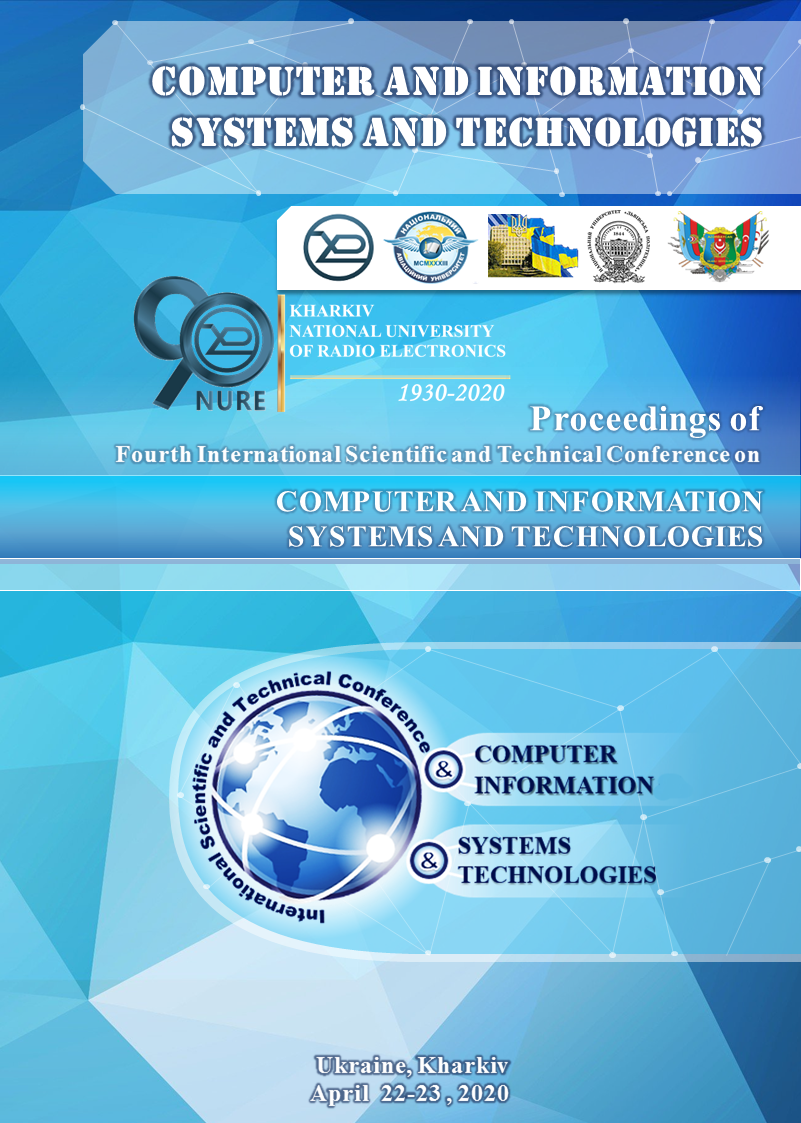Formation of Function Use Cases Based on Its Mathematical Model
Abstract
The analysis of modern research on the problem of formal description of scenarios for the fulfillment of functional requirements is carried out. The research problem is formulated as improving the accuracy of identifying precedents in descriptions of functional requirements. A technique to refine the description of a functional requirement has been developed. The proposed methodology was tested on the example of the function “Formation and maintenance of the individual plan of the department teacher”. As a result of testing, the precedents of the function were clarified.References
Modeling user requirements. Available at: https://docs.microsoft.com/ru-ru/visualstudio/modeling/model-user-requirements?view=vs-2015
T. Ambreen, N. Ikram, M. Usman, M. Niazi. “Empirical research in requirements engineering: trends and opportunities,” Requirements Engineering, vol. 23 (1), pp. 63–95, 2018. doi: https://doi.org/10.1007/s00766-016-0258-2
H. Kaiya, K. Adachi, Y. Chubachi. ‘Requirements Exploration by Comparing and Combining Models of Different Information Systems,’ Knowledge-Based Software Engineering: 2108, pp. 64–74, 2019. doi: https://doi.org/10.1007/978-3-319-97679-2_7
S.-K. Kim, T. Myers, M.-F. Wendland, P.A. Lindsay. ‘Execution of natural language requirements using State Machines synthesised from Behavior Trees,’ Journal of Systems and Software, vol. 85 (11), pp. 2652–2664, 2012. doi: https://doi.org/10.1016/j.jss.2012.06.013
M. Ievlanov, N. Vasiltcova, I. Panforova. “Development of methods for the analysis of functional requirements to an information system for consistency and illogicality,” Eastern-European Journal of Enterprise Technologies, vol. 1, no. 2 (91)), pp. 4–11, 2018. doi: https://doi.org/10.15587/1729-4061.2018.121849
M.Q. Mohammed, S.Q. Muhamed, M. Ievlanov, Z. Gazetdinova. “Improvement of the method of scenario analysis of functional requirements to an information systems,” Eastern-European Journal of Enterprise Technologies.vol. 3, no. 2 (99), pp. 25-35, 2019. doi: https://doi.org/10.15587/1729-4061.2019.170351

